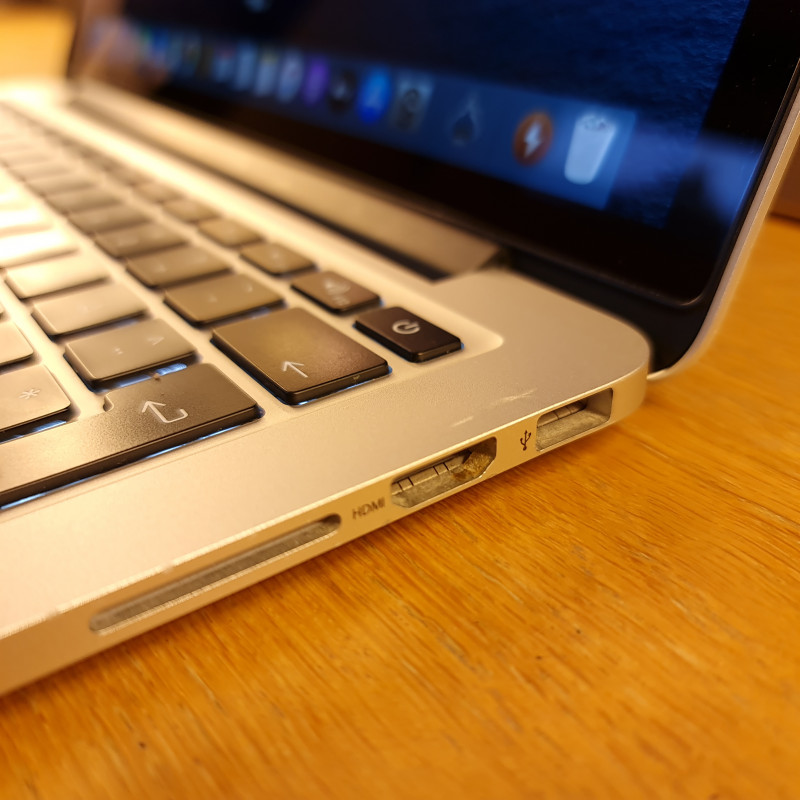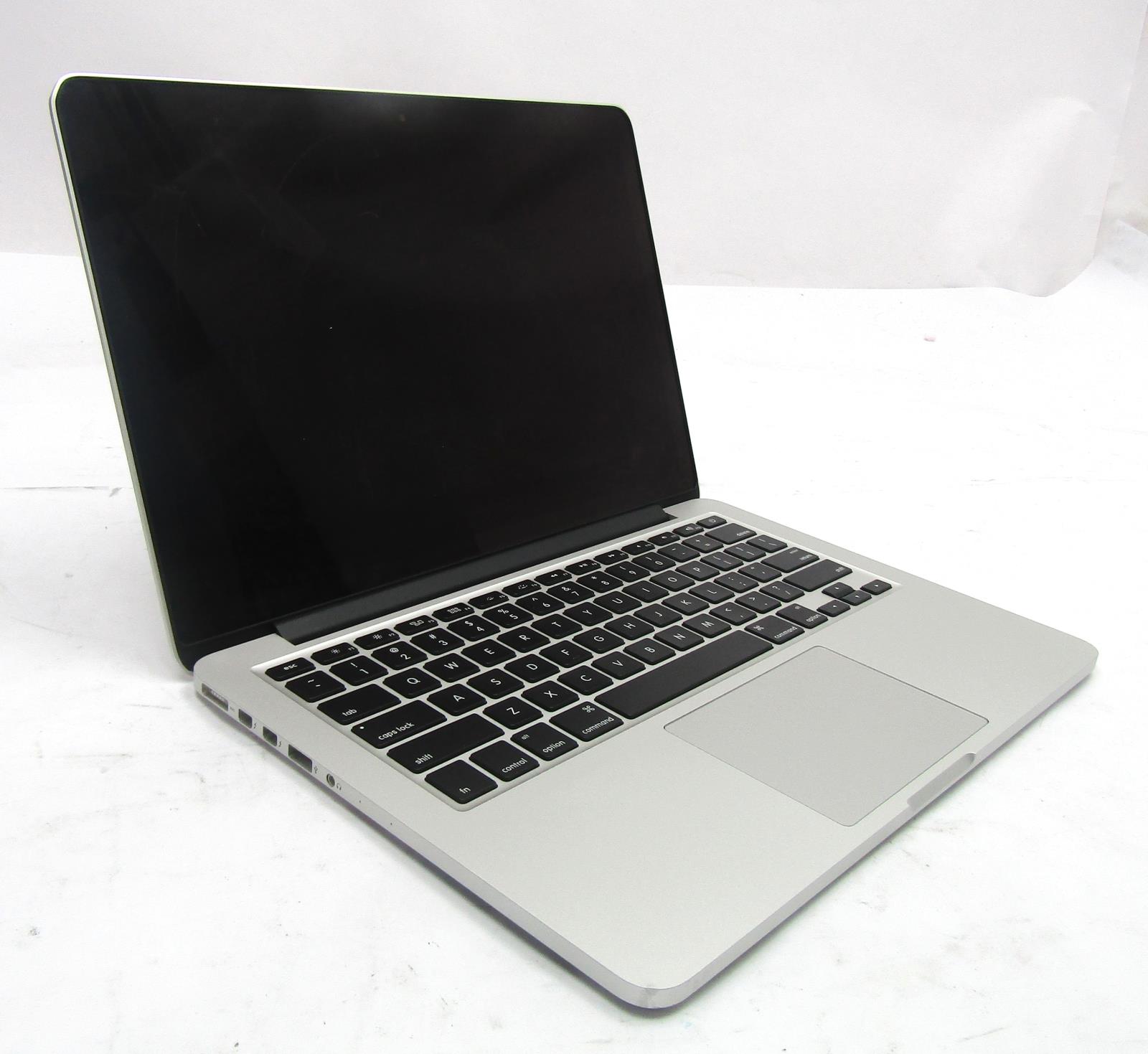

NVMe in turn is built specifically for SSDs and PCIe, and as software interfaces usually live for at least a decade before being replaced, NVMe was designed to be capable of meeting the industry needs as we move to future memory technologies (i.e.
#Macbook pro 2015 ssd full
As a result AHCI can't take full advantage of SSDs, particularly PCIe SSDs with their high bandwidth links, leading the storage industry to develop a software interface that abolishes the limits of AHCI. While that doesn't prevent its use on SSDs, AHCI is more optimized for high latency rotating media than low latency non-volatile storage. NVMe replaces AHCI (Advanced Host Controller Interface), which dates back to 2004 and was designed with hard drives in mind. Short for Non-Volatile Memory Express, NVMe is a new software interface/protocol designed specifically for PCIe SSDs, and designed to complete what has been a two-part transition from SATA SSDs to PCIe SSDs. Clearly the MacBook’s SSD was going to be a much bigger deal than I first thought. Second of all the device listed under NVMExpress has a model number prefix we’ve never seen before not Samsung or Toshiba, but rather an Apple-ish “AP”. First and foremost, a new section was available under the Hardware tree called NVMExpress. So imagine my surprise when I opened up the System Profiler to see under the hood, and found not one but two unexpected things. Consequently what I was expecting was a Samsung or Toshiba PCIe SSD soldered on to the logic board, similar to the SSD selection of Apple’s other devices. Which makes a lot of sense, as Apple choosing to save every last millimeter means a M.2 SSD would be out of the question, and meanwhile Apple has plenty of SSD suppliers to choose from, even for soldered designs.

While we haven’t seen both sides of the MacBook’s logic board, and as a result can’t say with certainty how it’s laid out, from the side we have seen it's clear that we’re also looking at a soldered SSD. To be honest, prior to receiving the MacBook I wasn’t expecting anything particularly interesting for the laptop’s SSD. The MacBook’s SSD: NVMe & an Apple Developed SSD Controller?


 0 kommentar(er)
0 kommentar(er)
